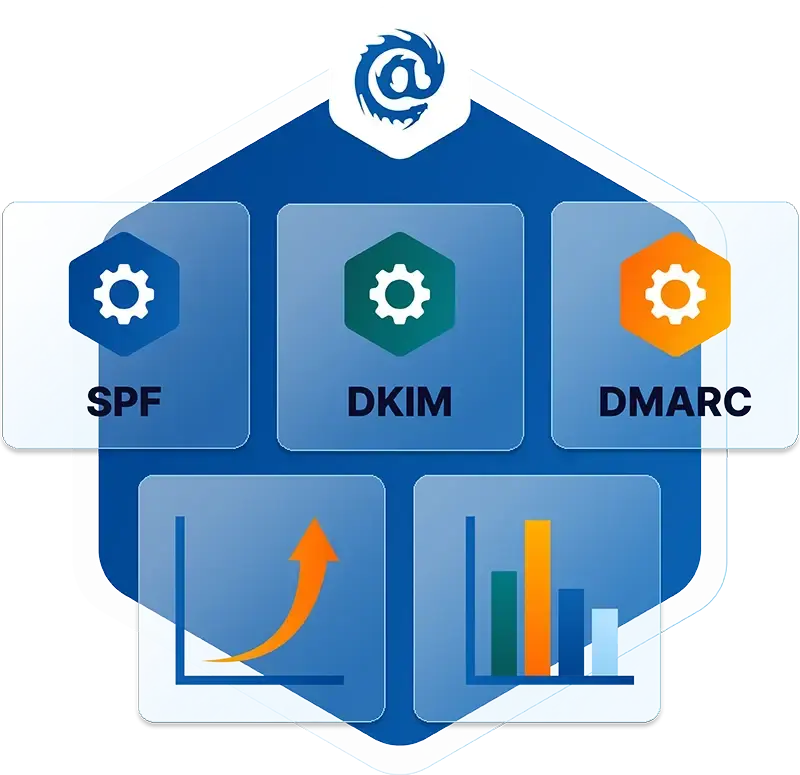Table of Contents
Indicators of Compromise (IOC) Explained
Indicators of Compromise (IOC) are digital artifacts or traces left behind by cybercriminals that suggest a network or endpoint has been breached, providing valuable clues for identifying security threats such as data breaches, insider threats, or malware attacks. These indicators can be manually discovered or automatically collected through cybersecurity monitoring, aiding in the mitigation of ongoing attacks, incident remediation, and the development of more effective security tools for future detection and prevention.
How to Identify Indicators of Compromise
Identifying IOCs is primarily done by trained information security professionals who analyze digital forensic data obtained from system and log files. These experts employ advanced technologies, including AI, ML, and intelligent automation, to scan and analyze large volumes of network traffic, isolate suspicious activities, and detect anomalous behavior. The combination of human expertise and advanced technology enhances detection accuracy, response time, and the overall effectiveness of cybersecurity strategies.
Why Organizations Must Monitor for Indicators of Compromise
Monitoring for indicators of compromise is a critical component of a comprehensive cybersecurity strategy as it enables organizations to improve detection accuracy and speed, as well as reduce remediation time. Early detection of attacks minimizes their impact on the business and facilitates quicker resolution. Moreover, recurring IOCs provide valuable insights into the tactics and techniques employed by attackers, allowing organizations to enhance their security tooling, incident response capabilities, and cybersecurity policies to prevent future incidents.
Examples of Indicators of Compromise
The following are some examples of indicators of compromise that security teams look for when investigating cyber threats and attacks:
- Unusual inbound and outbound network traffic
- Geographic irregularities, such as traffic from countries where the organization doesn't have a presence
- Unknown applications within the system
- Unusual activity from administrator or privileged accounts
- Increased incorrect log-ins or access requests indicating brute force attacks
- Anomalous activity, such as a spike in database read volume
- High numbers of requests for the same file
- Suspicious registry or system file changes
- Unusual Domain Name Server (DNS) requests and registry configurations
- Unauthorized settings changes, including mobile device profiles
- Large amounts of compressed files or data bundles in incorrect or unexplained locations
Difference Between Indicators of Compromises (IoCs) and Indicators of Attack (IoAs)
While related, there is a distinction between Indicators of Compromise (IoCs) and Indicators of Attack (IoAs). IoCs are passive digital artifacts that help evaluate a breach or security event. They focus on identifying signs of a past or ongoing compromise and provide insights into the events that have occurred. On the other hand, IoAs are active in nature and concentrate on identifying a cyber attack that is currently in progress, exploring the identity and motivation of the threat actor involved.
IRONSCALES Accelerates Compromise Identification and Scales Protection
IRONSCALES offers a comprehensive security platform that helps organizations scale and accelerate compromise identification and prevention through advanced technologies and collaborative intelligence. Here are key features of the platform:
- Real-Time Detection and Response: Provides real-time detection of suspicious activities, automating initial investigation processes and promptly alerting security teams to potential breaches.
- Mailbox Anomaly Detection: Utilizes advanced algorithms to identify anomalous patterns in email activity, helping detect and flag potentially malicious activities or indicators of compromise.
- Advanced Behavior Analysis: Leverages sophisticated behavior analysis techniques to identify suspicious communication behavior indicative of impersonation attempts and internal phishing attacks, reducing the risk of successful compromises and unauthorized access.
- Crowdsourced Threat Intelligence: Incorporates a crowdsourced threat intelligence feed from IRONSCALES' 10,000+ customers and their numerous security analysts to stay updated on emerging threats, known malicious actors, and attack techniques, enabling proactive monitoring for new indicators of compromise.
Overall, IRONSCALES equips organizations with the tools and capabilities to effectively scale and accelerate the identification process for compromised accounts and the future prevention of compromises.
To explore the complete IRONSCALES enterprise email security platform check out our page here and visit our page to get a personalized live demo.
Explore More Articles
Say goodbye to Phishing, BEC, and QR code attacks. Our Adaptive AI automatically learns and evolves to keep your employees safe from email attacks.

/Concentrix%20Case%20Study.webp?width=568&height=326&name=Concentrix%20Case%20Study.webp)












